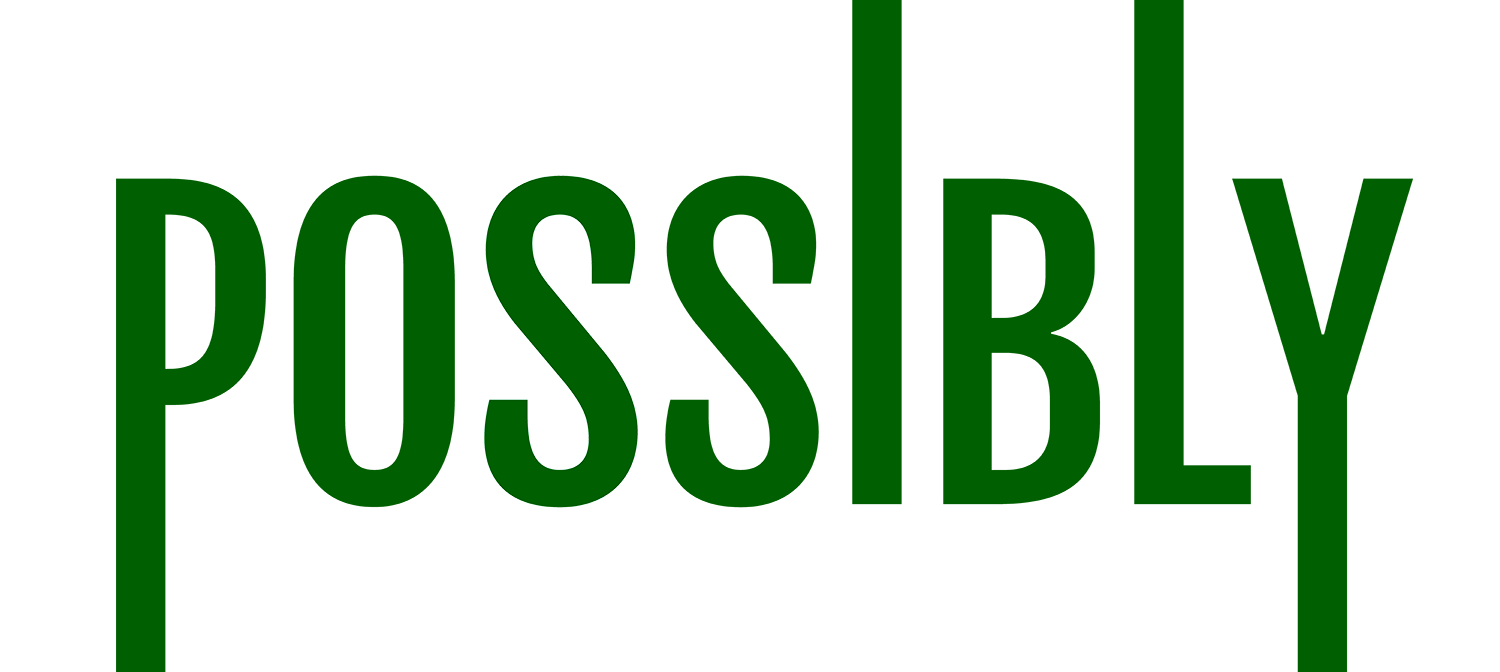
Megan Hall: Welcome to Possibly, where we take on huge problems like the future of our planet and break them down into small questions with unexpected answers. I’m Megan Hall
We talk a lot about climate change and what we can do to slow down or prevent the worst outcomes at a global scale. But the impacts of climate change can be completely different from state to state or even neighborhood to neighborhood. Why? Naomi Deokule and Ashley Junger from our Possibly team looked into one explanation- racism.
Naomi Deokule: Hi Megan!
Ashley Junger: Hey!
Megan Hall: So what does racial discrimination have to do with climate change today?
Naomi Deokule: Well, let’s start by taking a look at our home city, Providence RI.
Ashley Junger: It’s not that hard to see that there are big socioeconomic and racial differences between neighborhoods.
Naomi Deokule: Like most American cities, these divisions were not an accident, but a legacy of racist policies.
Ashley Junger: Perhaps the best known example, at least for the 20th century, is redlining.
Megan Hall: What’s redlining?
Ashley Junger: Basically, in the 1930s, metropolitan maps were color coded by banks to decide which areas would receive government-issued loans.
Naomi Deokule: Neighborhoods with more people of color were considered risky, and were literally outlined with a red pen on the map – that’s where the name redlining came from.
Ashley Junger: People in those neighborhoods were denied mortgages, insurance loans, and other financial services.
Megan Hall: Ok- but what does that have to do with climate change?
Naomi Deokule: Neighborhoods that were redlined got fewer investments in parks and other green spaces. Instead, they were used for highways, landfills, and industrial plants.
Ashley Junger: Which makes them more vulnerable to climate change.
Megan Hall: In what way?
Naomi Deokule: Well, trees are actually really important for keeping things cool. In addition to providing shade, they pump water up from the soil and act as a natural air conditioner.
Ashley Junger: But pavement absorbs heat, so it sort of acts like a radiator. This makes neighborhoods with lots of highways, roadways, and parking lots hotter.
Megan Hall: So all of this makes these previously redlined communities hotter?
Naomi Deokule: Yes, in fact a study looking at more than 100 urban areas in the US, found that 94% of redlined areas were hotter than areas that had the best ratings from Home Ownership Loan Association.
Megan Hall: So, racist lending practices are making climate change worse in certain neighborhoods?
Naomi Deokule: I mean, climate change is a complex issue, so we can’t say redlining is the ONLY cause of these differences, but it does play an important role.
Megan Hall: Do we know which neighborhoods are most vulnerable in Rhode Island?
Ashley Junger: Yes, to find out we talked to…
Amelia Rose: Amelia rose. I’m the Executive Director of Groundwork Rhode Island.”
Naomi Deokule: Amelia and her team analyzed redlining maps of Rhode Island.
Amelia Rose: “You can see the neighborhoods that are green lines that are, were and are the most affluent areas, and the places that have the most trees. The red areas, and the yellow areas are the places where there’s the most flooding, and there’s the least amount of trees today.”
Ashley Junger: Amelia found that low-income and previously redlined communities, like Pawtucket, Central Falls, and Providence have fewer trees and more concrete than previously greenlined areas, although as of now they aren’t hotter.
Megan Hall: What can we do to make these vulnerable areas more resilient?
Naomi Deokule: It’s a complex issue, but we could start by planting more trees and getting more green spaces into these communities!
Megan Hall: Got it. Thanks for walking us through this issue, Naomi and Ashley!
That’s it for today. For more information, or to ask a question about the way your choices affect our planet, go to the public’s radio dot org slash possibly. Or subscribe to us wherever you get your podcasts.
You can also follow us on facebook and twitter- at “ask possibly”
Possibly is a co-production of the Institute at Brown for Environment and Society, Brown’s Climate Solutions Initiative, and the Public’s Radio.
The post Why are some neighborhoods more vulnerable to climate change? appeared first on TPR: The Public's Radio.
